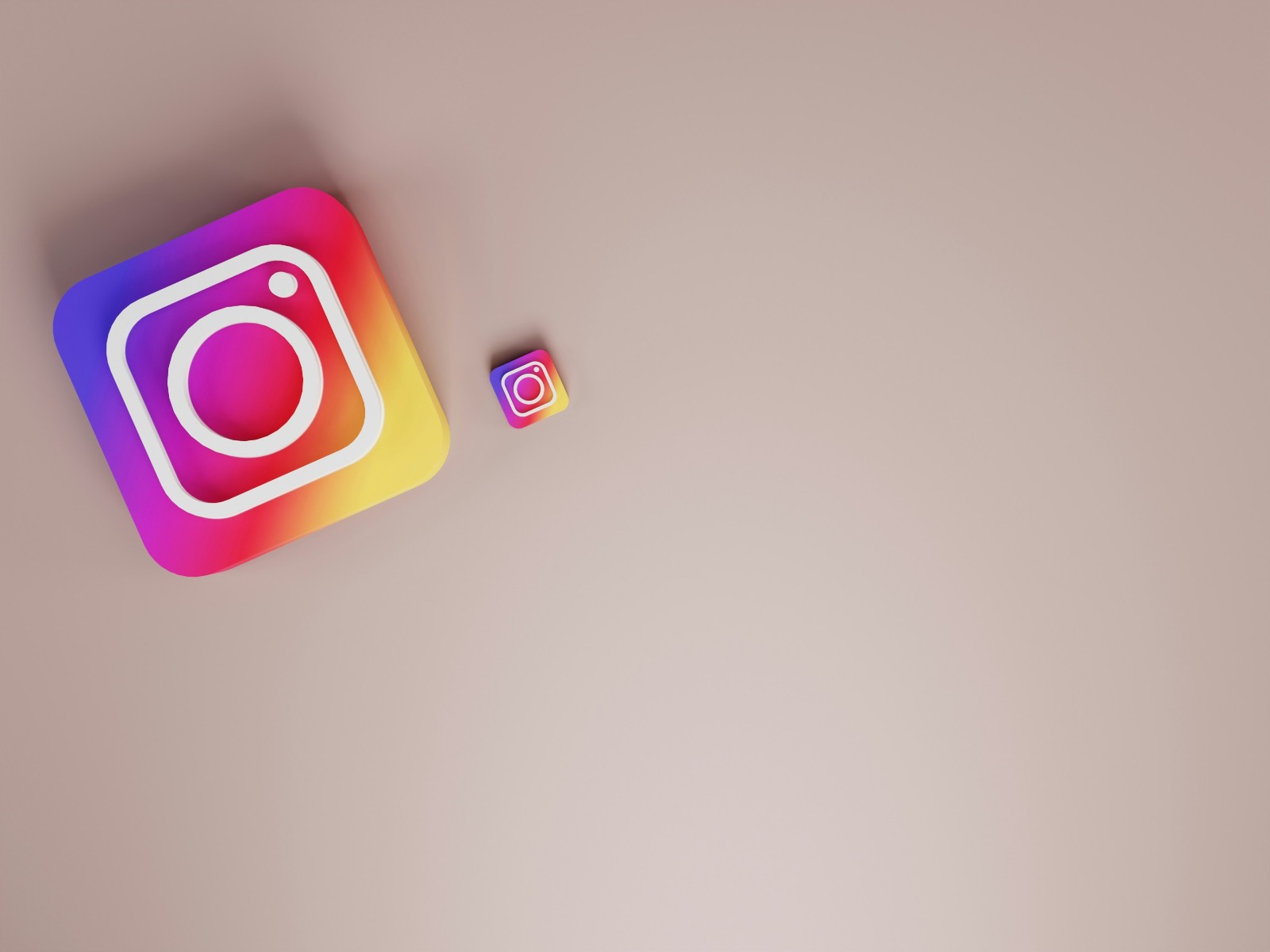The Silent Struggle: How Technology is Impacting Mental Health in the U.S.

In today’s hyper-connected world, technology plays an undeniable role in shaping how we live, work, and communicate. While it has brought about numerous benefits, there's a growing concern about its impact on mental health, particularly in the United States. From social media addiction to constant notifications, tech is increasingly tied to rising levels of anxiety, depression, and sleep disorders. This blog explores the complex relationship between technology and mental health in the U.S. and offers ways to mitigate its effects.
1. The Rise of Digital Addiction: With the constant lure of smartphones, social media platforms, and video games, many Americans are spending more time online than ever before. According to recent studies, Americans spend an average of 6 hours a day on digital devices. This time spent online is often at the expense of face-to-face interactions, leading to feelings of loneliness and isolation. Social media, in particular, creates an unrealistic standard of living, often contributing to self-esteem issues and social anxiety.
2. The Impact of Social Media on Mental Health: Platforms like Instagram, Facebook, and TikTok have changed the way we interact with the world. However, they come with a dark side. Constant comparisons, unrealistic beauty standards, and the pressure to present a "perfect" life can lead to depression and anxiety. Studies have shown that frequent use of social media can increase the likelihood of feeling inadequate and disconnected from reality. The "like" culture and constant need for validation are contributing to a generation struggling with self-worth.
3. Information Overload and Anxiety: While technology has made information more accessible, it has also led to information overload. The constant barrage of news, notifications, and updates creates a sense of urgency and fear, contributing to feelings of anxiety. During times of crisis, like the COVID-19 pandemic, media saturation can exacerbate stress and uncertainty, making it difficult to disconnect and process emotions in a healthy way.
4. The Sleep Crisis: One of the most significant ways technology affects mental health is through disrupted sleep patterns. The blue light emitted by smartphones and screens interferes with our natural circadian rhythms, making it harder to fall asleep and get restful sleep. Poor sleep quality is directly linked to mental health issues such as depression and anxiety. In fact, nearly 40% of Americans report not getting enough sleep, and the rise of screen time is a significant contributing factor.
5. Solutions for a Healthier Relationship with Technology: While technology isn't going away anytime soon, there are ways to reduce its impact on mental health:
-
Digital Detox: Designating screen-free time, especially before bed, can help improve sleep quality and reduce anxiety.
-
Mindful Social Media Use: Setting boundaries for social media use, such as limiting time spent on platforms and unfollowing negative accounts, can help mitigate its impact on mental health.
-
Exercise and Outdoor Activities: Engaging in physical activities helps reduce stress and improve mood, serving as a natural antidote to the negative effects of screen time.
-
Therapy and Support Groups: For those struggling with the mental health effects of technology, therapy or joining support groups can provide valuable resources and coping strategies.
Conclusion: The relationship between technology and mental health in the U.S. is a complex and evolving issue. While tech offers significant benefits, it also poses challenges that cannot be ignored. By understanding its impact and taking proactive steps, we can cultivate a healthier relationship with technology and prioritize our mental well-being. It’s crucial to strike a balance, leveraging the advantages of technology while safeguarding our mental health.
Asif Bc
Aspiring blogger in Kerala sharing insights on technology and mental health to inspire mindful living.



.jpg)
0 Comments